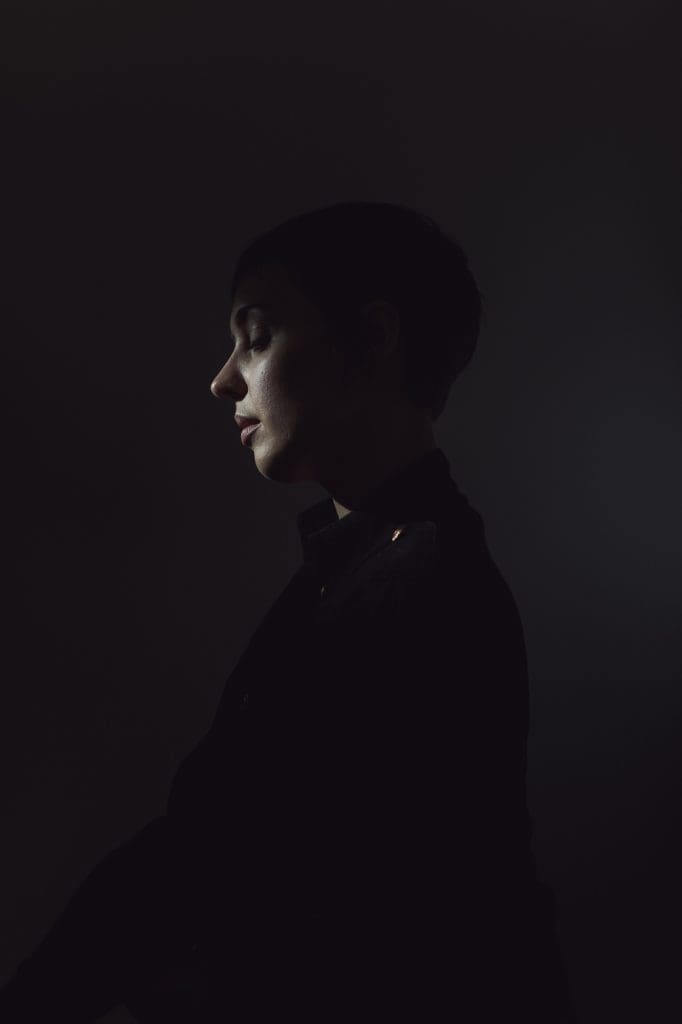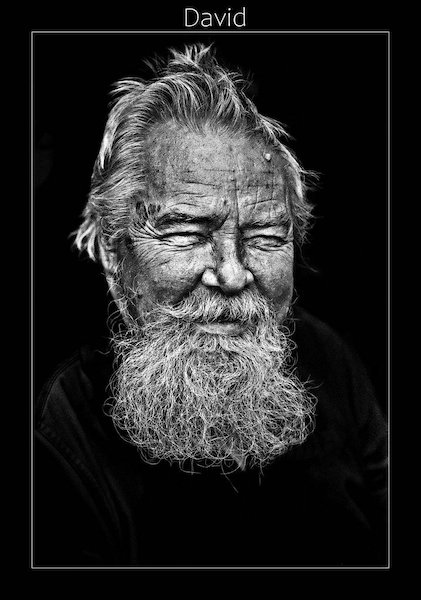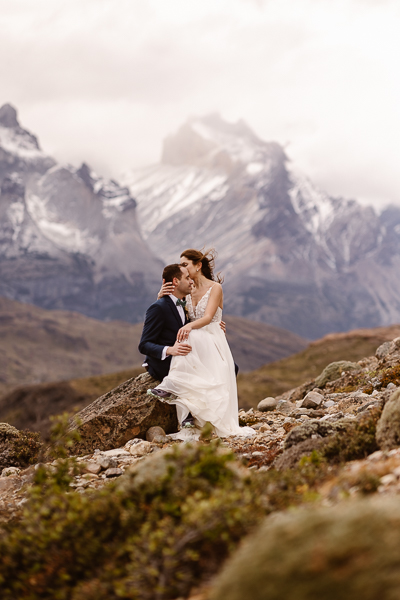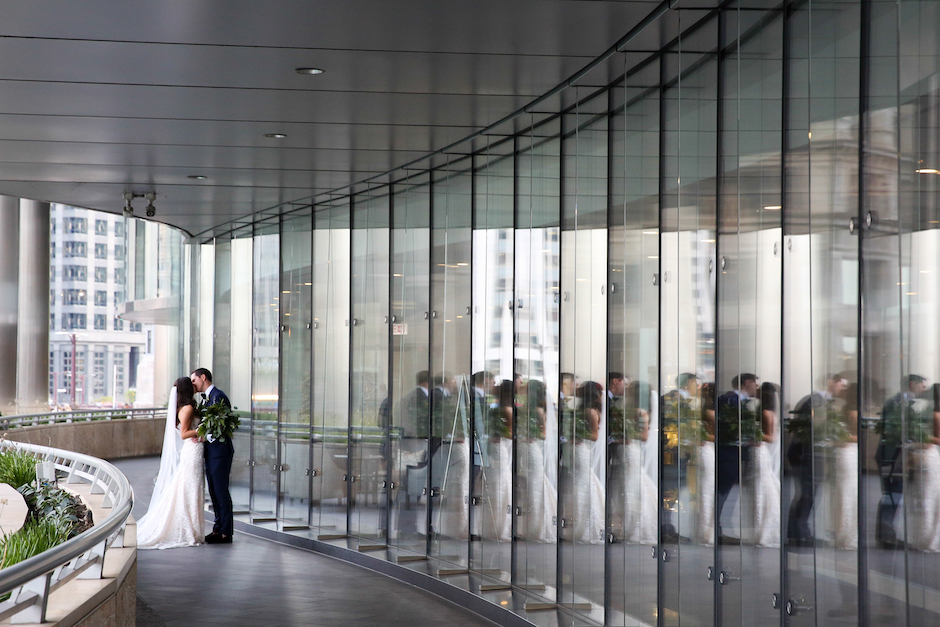Profiles
Columbus, OH
Genre: Portraits
Style: Dramatic, emotive, evolving
@nickfancher | nickfancher.com
My lighting usually yields vibrant colors and dark, monochromatic tones. I’m not sure why I go to such visual polar opposites (this may be something that I need to go over with my therapist), though I am told that they are immediately recognizable and fall within the “Nick Fancher” signature look. This is something that I arrived at after years of obsessively shooting and pushing my techniques in both lighting and post-processing.
I try to figure out the best way to interpret my subject. Perhaps the wardrobe has a cool texture that I want to flush out, using a hard light at a severe angle in order to create shadows and drama. My techniques are constantly evolving as I make small changes to each shoot. If in the last shoot I had overlaid a soft light source with a hard light source, I might try two soft lights and gelling one of them.
I go through phases; last summer I spent a few weeks experimenting a lot with red and cyan gels, then I moved on briefly to cyan and gold before moving away from color and on to mixing light qualities, where I explored fluorescent and tungsten light sources and balancing colored strobe with shutter drag.
I learn by trying new things. Don’t just light your subject with an umbrella at a three-quarter angle because you know it will look decent. Think about what you’re trying to convey.
Placing a white seamless behind the model, I put the flash in a softbox with an egg crate grid to minimize the light on the backdrop.
Lighting: Cactus RF60 Wireless Flash, Cactus CB-60 Softbox with egg crate grid
Camera: Canon 5D Mark III
Lens: Canon 35mm f/1.4L
Exposure: f/5 at 1/160 sec.
ISO: 160
I made a gobo out of black foam board, cut a 3-inch wide gap that was about 18 inches in height that I placed close to the model, and a white seamless was behind her. The hard, unmodified flash went about 5 feet away from the gobo to ensure a crisp shadow line. I wanted to shoot at a low ISO in order to keep my aperture wider, creating a fall-off in focus and making for a softer image.
Lighting: Cactus RF60 Wireless Flash, handmade gobo
Camera: Canon 5D Mark III
Lens: Canon 85mm f/1.2L II
Exposure: f/2.5 at 1/160 sec.
ISO: 50
The main light was an unmodified flash placed to the left of the subject and slightly behind her, aiming almost back toward the camera. The model was far enough away from a white seamless to keep from over-lighting it. I used a Neewer Round flash modifier on my camera with a cyan-gelled flash to get a soft blue fill in the shadows.
Lighting: Two Cactus RF60 flashes, Neewer Round flash diffuser
Camera: Canon 5D Mark III
Lens: Canon 85mm f/1.2L II
Exposure: f/6.3 at 1/160 sec.
ISO: 160
I wrote a few books on the topic of using small flash in unconventional locations, the latest of which is Studio Anywhere 2: A Photographer’s Guide to Shaping Hard Light.
To read this article in the digital edition, click here.
Related: Lighting on the Fly, with Nick Fancher
Bright Lights, Big Impact: Breaking Down 4 Setups Behind Signature Styles








